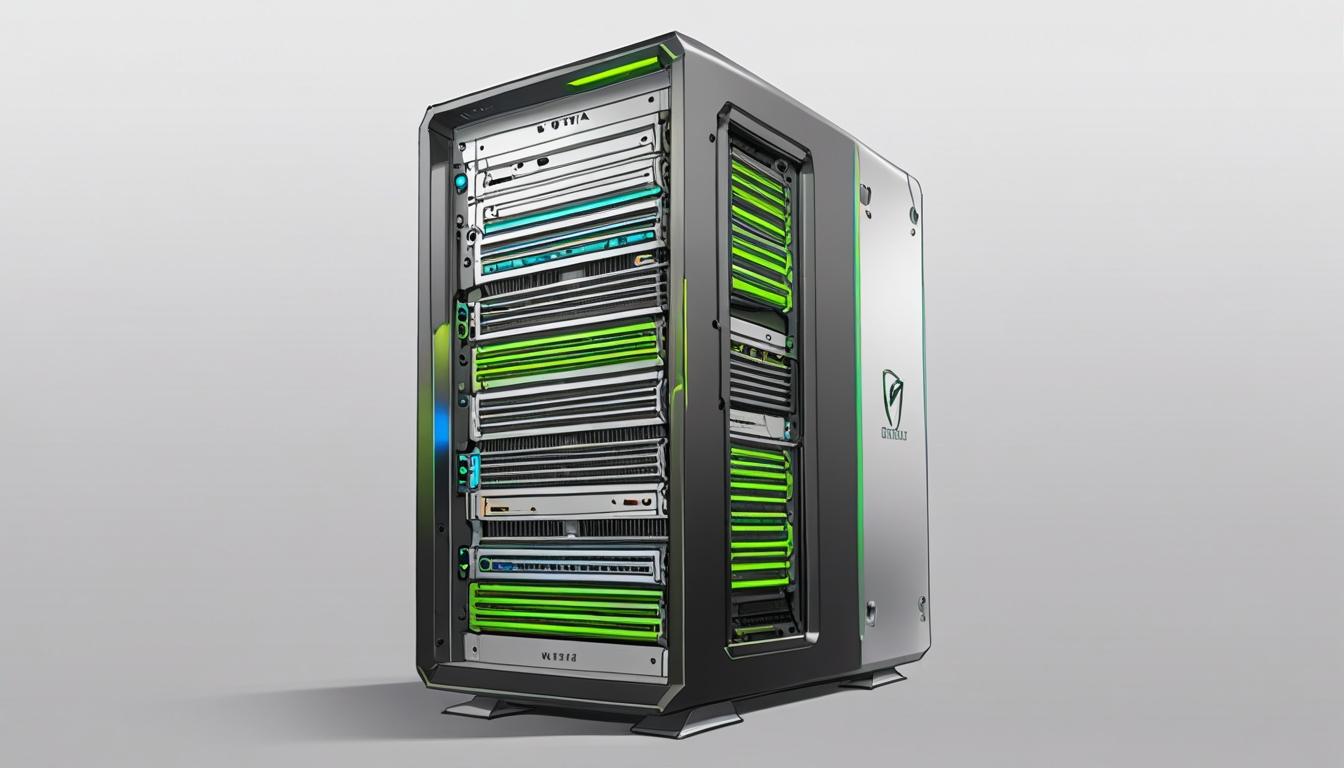Asus has made significant strides in the realm of high-performance computing with the introduction of the ExpertCenter Pro ET900N G3, a desktop PC that promises supercomputer-level AI capabilities without requiring a dedicated server space. This desktop unit is an intriguing contradiction; sporting the familiar aesthetics of a standard business tower, it is equipped with cutting-edge technology that elevates its performance to extraordinary heights.
At the core of this new offering is the Nvidia GB300 Ultra, a sophisticated module that seamlessly integrates a Grace CPU with a Blackwell GPU via NVLink-C2C technology. This innovative pairing allows for unprecedented synergy between processing units, fostering a single memory pool that enhances both speed and efficiency. The ExpertCenter Pro ET900N G3 is capable of delivering an astounding 20 petaflops of performance, making it exceptionally well-suited for tasks such as training large language models or handling complex AI inference.
Memory capacity is another standout feature of the ExpertCenter Pro ET900N G3. With the ability to support up to 784GB of coherent memory, this desktop can tackle workloads that dwarf the capabilities of high-end GPUs traditionally used in workstations, such as the GeForce RTX 5090, which has a maximum VRAM of just 32GB. This impressive memory access can significantly accelerate the research and development of machine learning applications, allowing developers to push beyond conventional limits.
In addition to its hardware prowess, the ExpertCenter Pro ET900N G3 boasts strong networking capabilities, facilitated by the inclusion of Nvidia’s ConnectX-8 SuperNIC. This feature enables high-throughput connectivity between systems, making the desktop an ideal candidate for integration within larger enterprise AI infrastructures. The focus on easy scalability aligns with industry demands for flexibility in high-performance environments, particularly as companies increasingly seek to adapt to evolving computational needs.
The system is powered by Nvidia DGX OS, a specialised Ubuntu-based Linux distribution tailored for AI workloads. This OS is designed to maximise the efficiency of the Nvidia software stack, including CUDA, TensorRT, and essential libraries for machine learning and data science. Notably, the system supports remote scaling, permitting it to operate in conjunction with other DGX systems, further enhancing its utility in high-stakes computing scenarios.
While the ExpertCenter Pro ET900N G3 captures attention as a powerful desktop solution, it reflects broader trends in AI infrastructure development. At events such as GTC 2025, Asus has introduced its advanced AI POD platform, which features the Nvidia GB300 NVL72 architecture. This system, designed for robust enterprise applications, supports up to 40TB of high-speed memory and is capable of handling trillion-parameter models—challenges currently pushing the limits of conventional hardware.
As organisations around the globe continue to grapple with the demands of AI and machine learning, solutions like the ExpertCenter Pro ET900N G3 illustrate the shift towards accessible, powerful computing in standard desktop form factors. The emphasis on user-friendly interfaces alongside powerful performance is likely to play a crucial role in democratising AI capabilities, making advanced technologies available to a broader range of professionals and enterprises.
As the landscape of high-performance computing evolves, Asus seems well-positioned to meet the increasing demand for innovative and efficient AI infrastructure solutions, ensuring that even the most demanding computational tasks can be executed from a desktop rather than a dedicated server installation.
Reference Map
Source: Noah Wire Services
